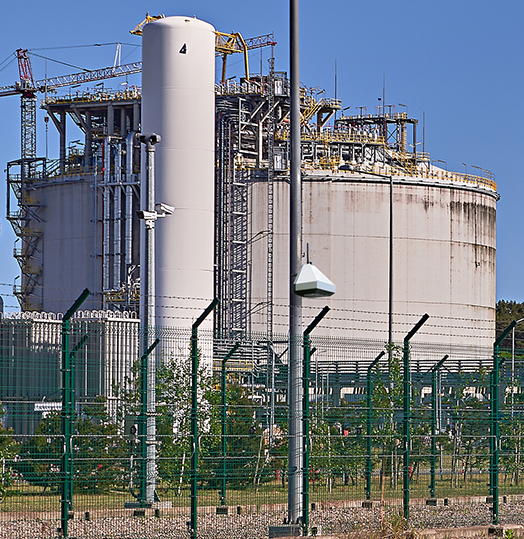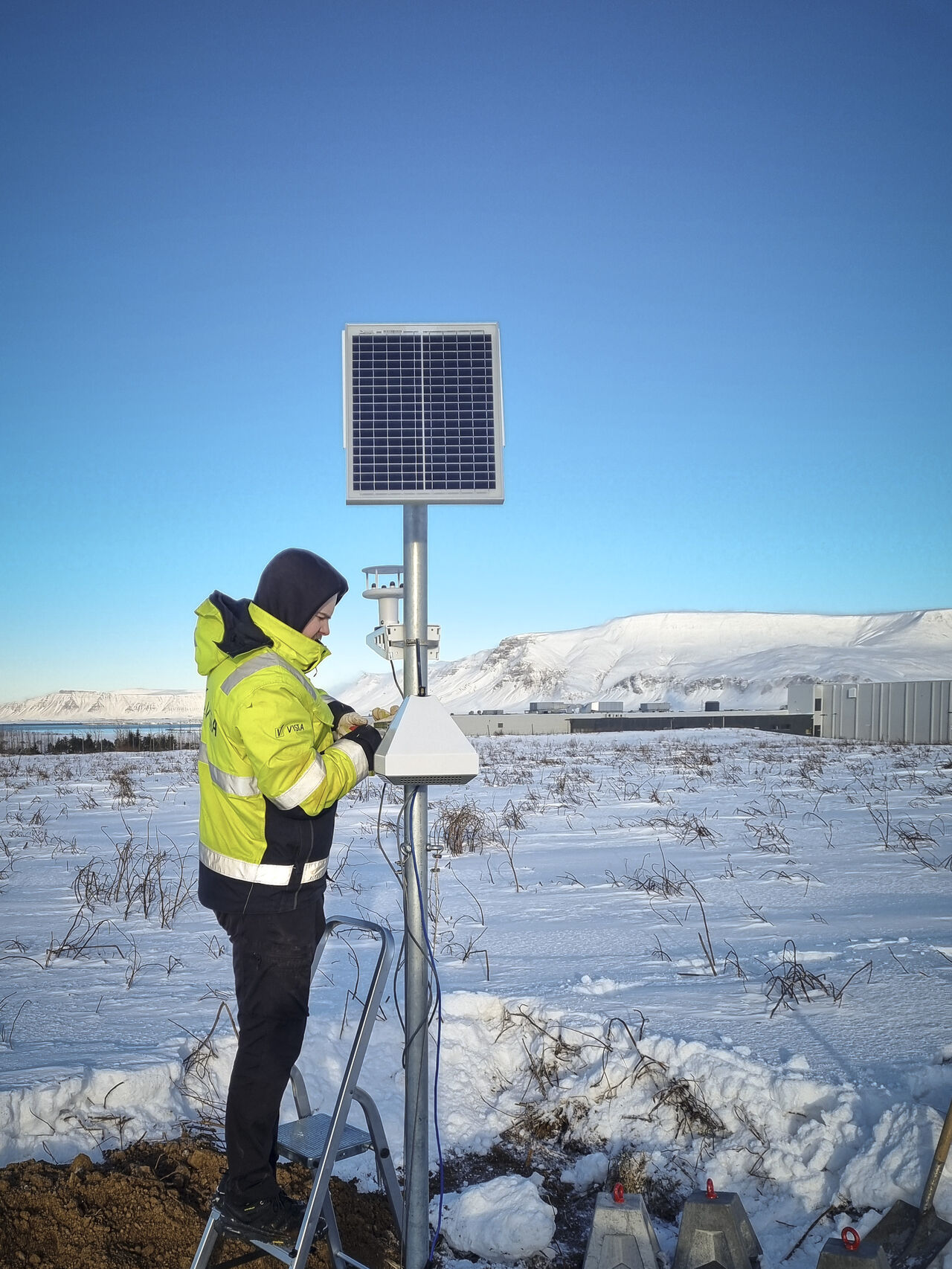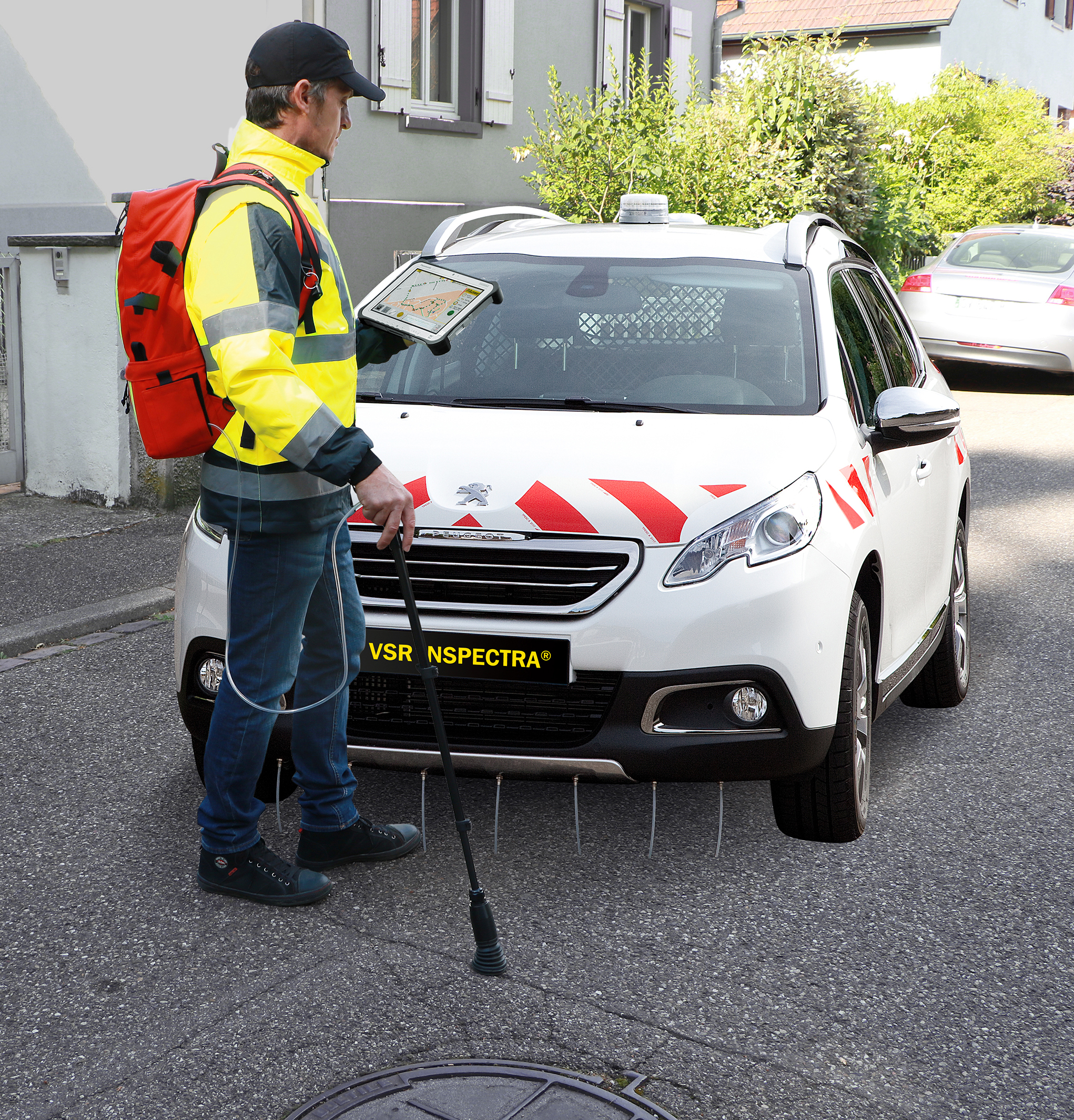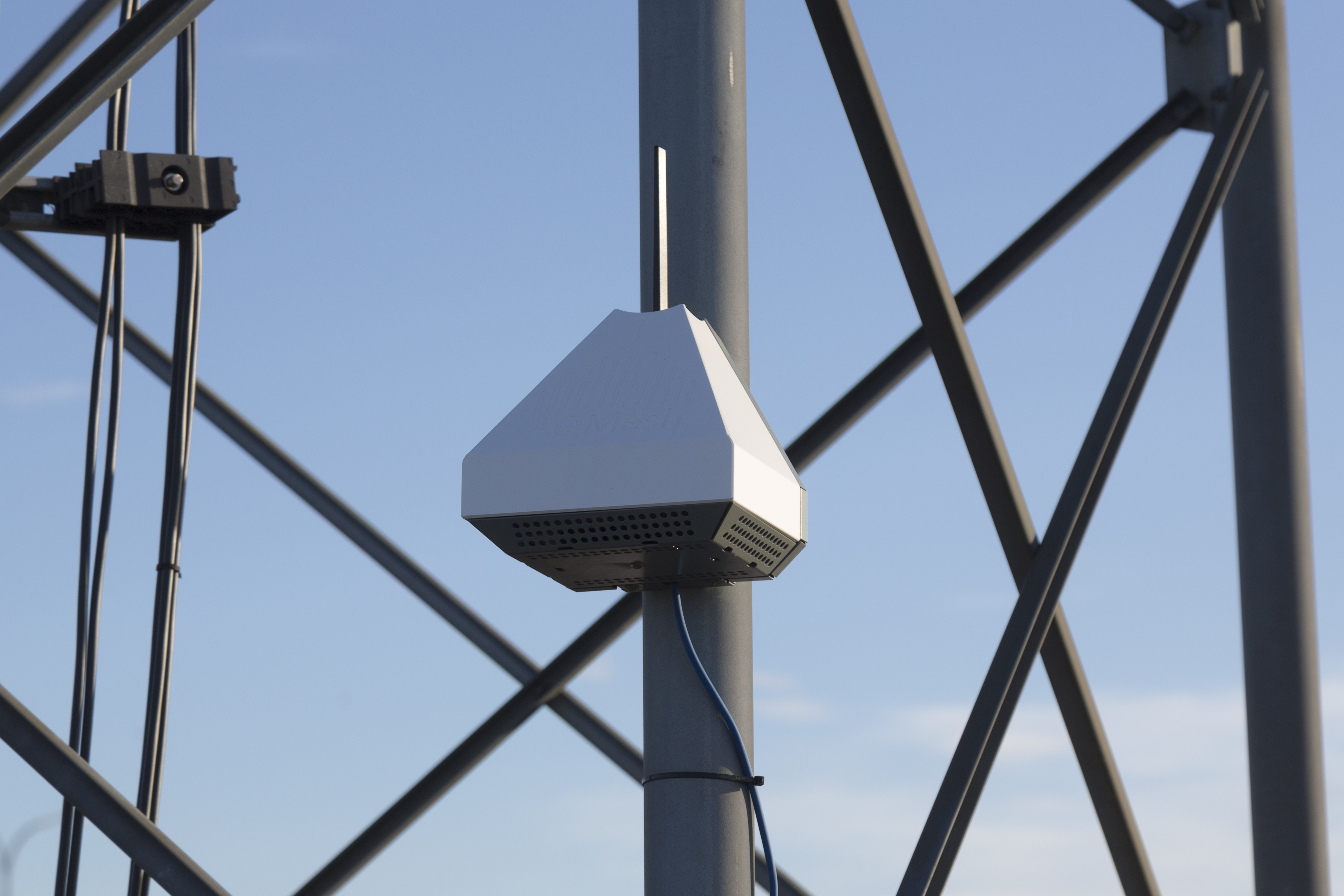 Requests to measure hydrogen sulphide (H2S) in ambient air at unthinkably high levels seem to be at odds with our efforts to detect and report single-figure parts per billion H2S emissions. So, why are we asked for such high ranges?
Requests to measure hydrogen sulphide (H2S) in ambient air at unthinkably high levels seem to be at odds with our efforts to detect and report single-figure parts per billion H2S emissions. So, why are we asked for such high ranges?
We think this may be explained by operators who are used to measuring high concentration in a gas stream – typically biogas or industrial – and then simply transferring the range across when looking at fenceline monitoring. It’s great to see the growing interest in monitoring fugitive emissions at site boundaries – including H2S – but we need to dial back the gas range expected when looking at ambient pollution.
H2S sensors for gas stream measurement are offered at parts per million ranges from 0-50ppm to 0-10,000ppm. Bear in mind that US Department of Labor guidelines say that H2S odour becomes offensive at only 3-5ppm, with prolonged exposure causing headaches, nausea and insomnia, and causes “nearly instant death” at 1,000-2,000pm. Dilution of any emission in swirling ambient air means that parts per million measurements are inappropriate, and even significant H2S leaks usually register peaks of just a few parts per billion by the time gas has reached the fence line.
That’s why the AQMesh sensor measures from 0-10,000ppb (0-10ppm), with a limit of detection of less than 1ppb. Measuring at such low levels means operators can pick up emissions much earlier and much further away from the source than would be the case with the higher range sensor typically used for measuring the gas stream. Picking up a low level at a suitable point on the industrial boundary should avoid dangerous levels of H2S building up near the source.
Monitoring in ambient air is gentler on sensors, too, so if you are used to sensor poisoning and condensate problems, that benefit does offset the ‘needle in a haystack’ challenge of picking up fugitive H2S emissions. With the potential to move an AQMesh pod from location to location, and add a wind speed and direction sensor to help with source apportionment, it is very satisfying to support our users doing just that.
- - - - -




